ESSENTIAL INDIA: Gateway to Asia’s Most Dynamic Nation with Remote Lands
- Author
- Travelogues
The vastness and geographically diversity of India make generalizing about the weather a fool’s errand, though we shall try. The northern Himalayan parts of the nation can be covered in snow while the southern beaches be mired in monsoonal winds and rain. Northern India is considered generally cooler, though outside the highest mountain peaks never really cold, while the south is tropical, the central interior hot and dry. The ‘winter’ is generally considered the best time to visit India for most regions.
December to March in Northern India is cool and mainly dry. The year's coldest months are December and January, when temperatures average around 10–15 °C (50–59 °F) in the northwest. In January to February, certain regions such as Himachal Pradesh in the far north can see heavy bursts of rain, and heavy snowfall at elevations over 2,000 meters. Winter highs in New Delhi, the nation’s capital, range from 16 to 21 °C (61 to 70 °F), with a light rainfall of under 20 mm per day. Without the searing heat of summer it is one of the best times to visit. Delhi serving as an excellent starting base to explore the diverse surrounding northern regions, from the dusty deserts of Rajasthan in the west to the snowcapped Himalayan mountains to the north.
Winter in Southern India sees January as the coldest month. It is the best time to visit the country due to the cool(er) temperatures and relative dryness. Again, the weather varies significantly depending on where you are. Temperatures get higher towards the equator, peaking around 20–25 °C (68–77 °F) in mainland India's southeast. Maharashtra, parts of Karnataka, and Andhra Pradesh are cooler states. Minimum temperatures in western Maharashtra and Chhattisgarh hover around 10 °C (50 °F). The much visited states of Goa and Kerala on the Malabar Coast see highs of 30 °C (86 °F) and lows of 22 (72 °F), with almost zero rain in winter. Many head to the coastal areas here as the cool breeze off the Indian Ocean moderates the weather.

March
Holi is a two-day festival that celebrates the victory of good over evil, as well as the abundance of the spring harvest season. It's commonly referred to as the "Festival of Colors." People exuberantly throw colored powder and water all over each other, have parties, and dance under water sprinklers. Bhang (a paste made from cannabis plants) is traditionally consumed during the celebrations. Holi is a very carefree festival and great fun to participate in if you don’t mind getting wet and dirty.
Location Countrywide, India
An Asia-focused magazine brought to you by Remote Lands - a platform for adventure, luxury, and authenticity from experts and explorers around the continent.
Here is a small selection of the kind words our clients have said about us recently.

From the sincerity of our guide to the comfortable eloquence of our lodging and cultural forays into Khmer history, our trip unfolded perfectly.
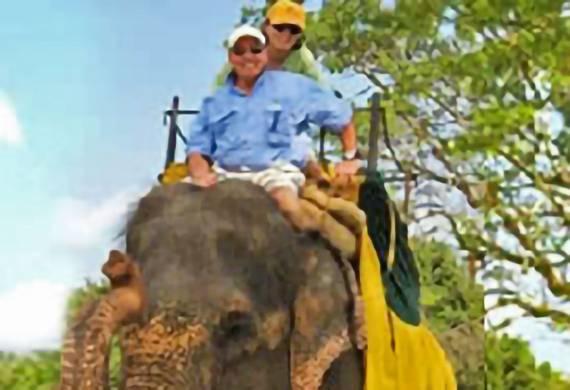
Thanks for your professional assistance that made all the difference in a truly exceptional experience. In summary, we would definitely recommend your company to friends and as a matter of fact, we have already done so.
You are invited to Remote Lands’ signature Aman Jet Expeditions, in partnership with our friends at Aman. These are small group journeys designed for people who usually travel independently.


Japan · Philippines · Indonesia · Maldives · Oman · Venice · Morocco
September 8–28, 2024
See Itinerary
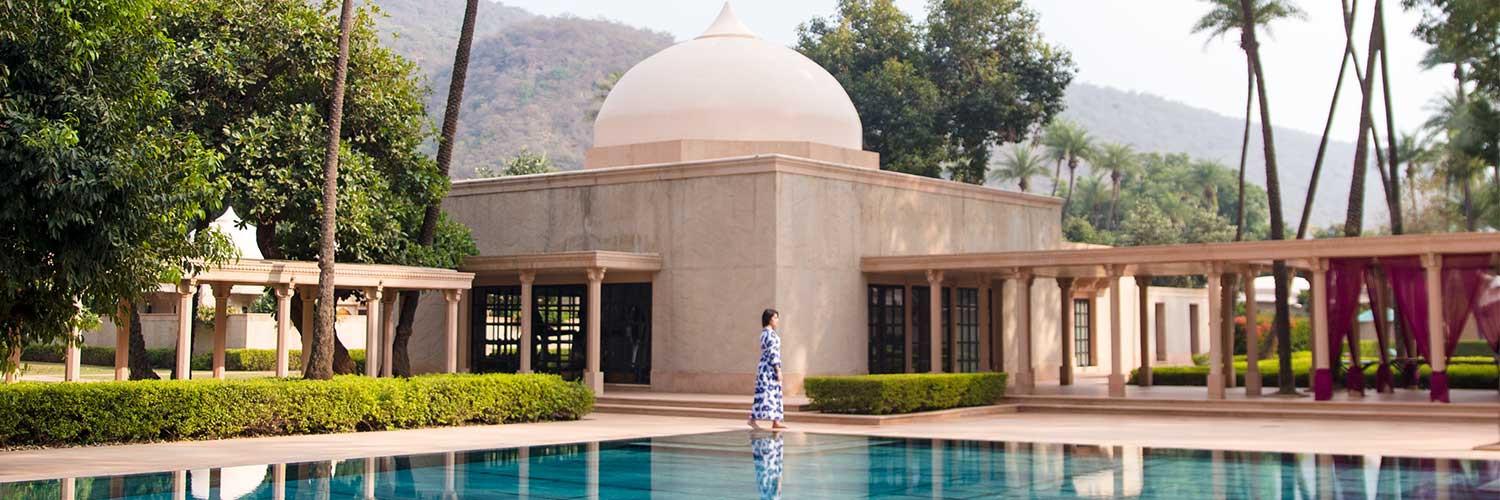
Nepal · Bhutan · India · Sri Lanka
October 14–28, 2024
See Itinerary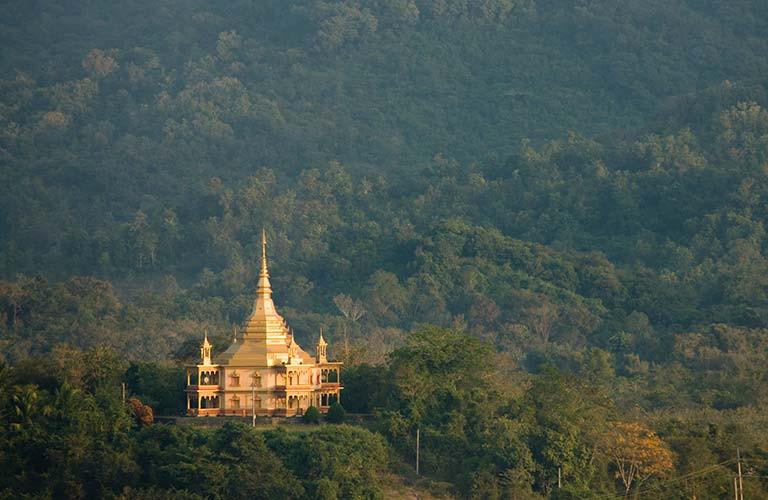

Vietnam · Laos · Cambodia · Thailand
November 10–20, 2024
See Itinerary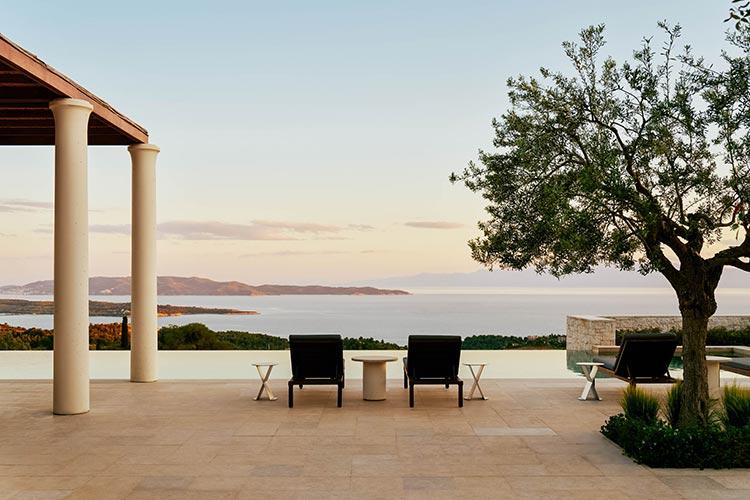
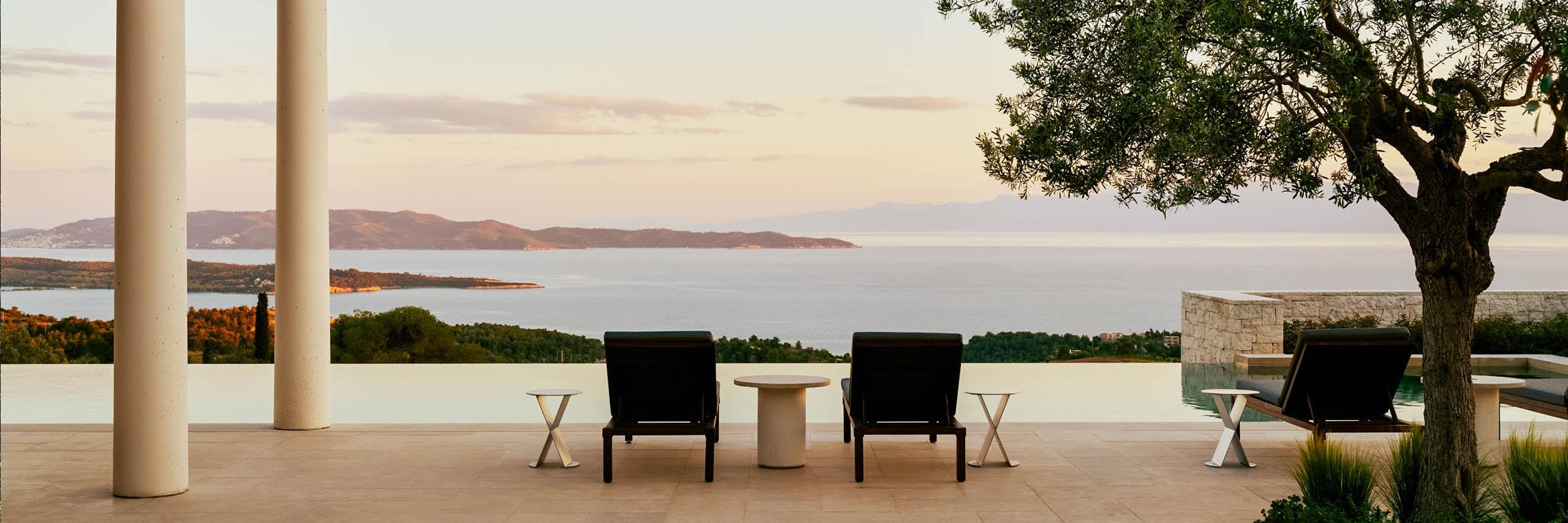
Japan · Vietnam · Thailand · Bhutan · India · Uzbekistan · Greece
April 19–May 9, 2025
See Itinerary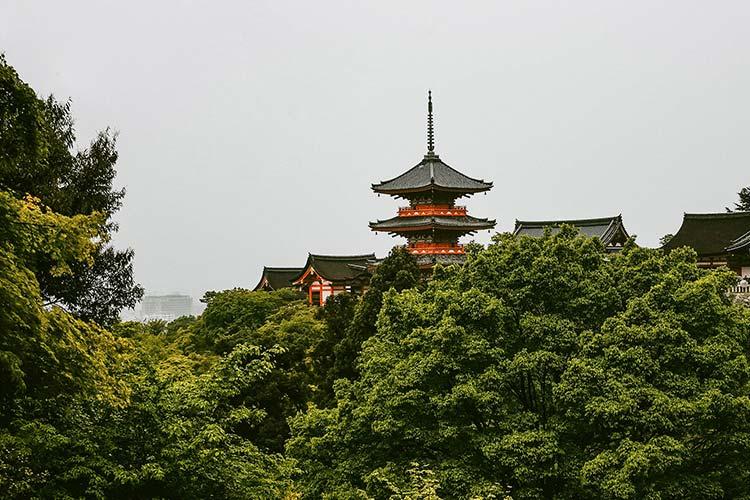

Japan · Philippines · Indonesia · Maldives · Oman · Venice · Morocco
September 7–27, 2025
See Itinerary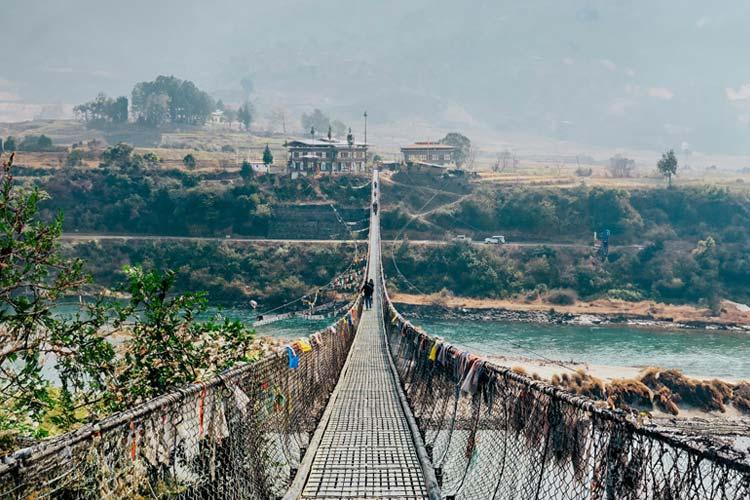

Nepal · Bhutan · India · Sri Lanka
October 19–November 2, 2025
See Itinerary
